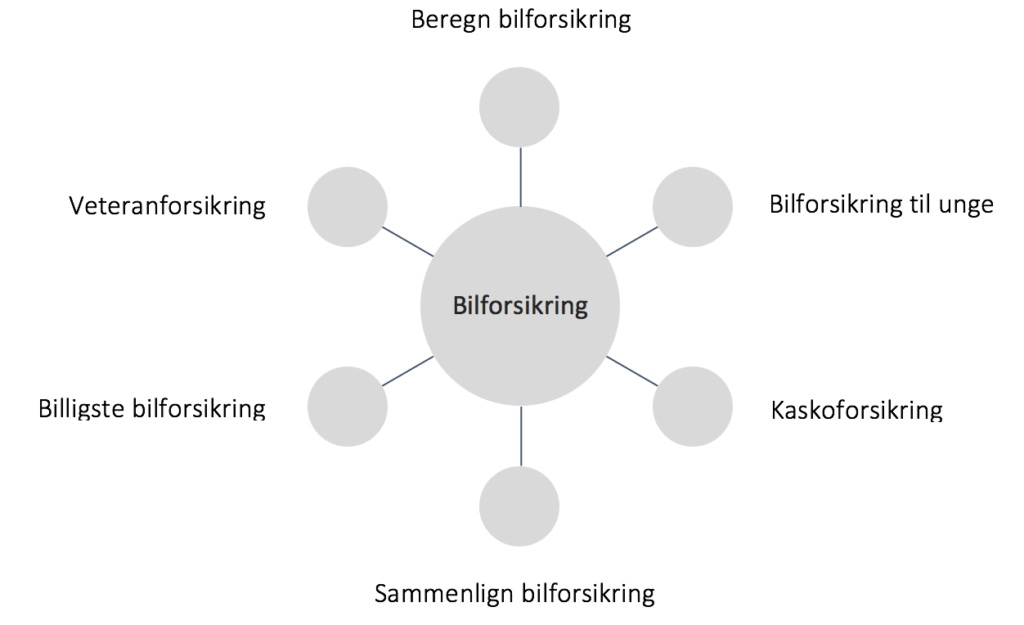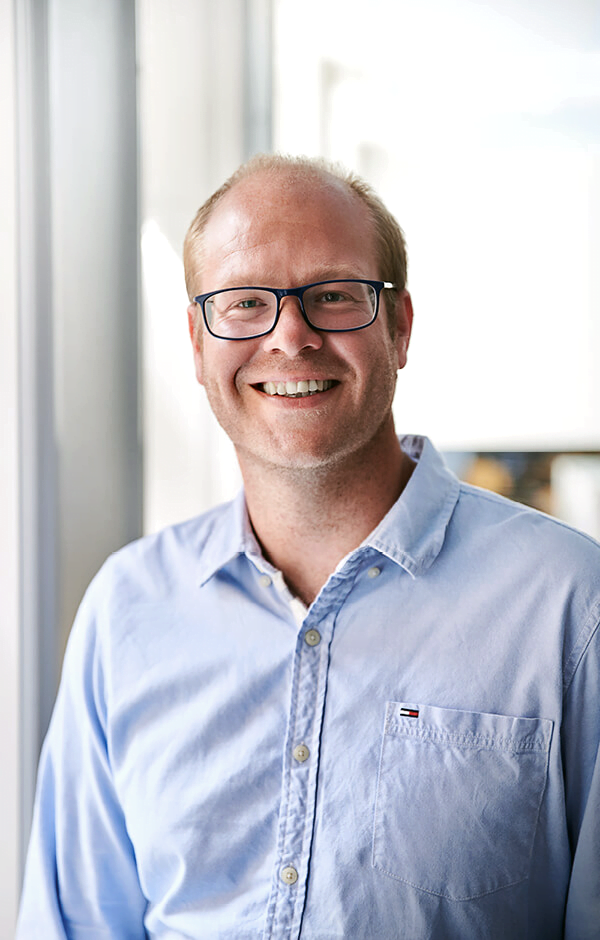What are topic clusters?
A topic cluster (also known as a content cluster) is a group of landing pagesthat deal with the same general topic. The group consists of a main page (a pillar page) targeting the topic's main keywords and a series of subpages (supporting pages) that supports the main page content and links to the main page.
Here is an example of a topic cluster with one main page and six subpages. The main page targets the keyword 'car insurance' (because it's the keyword with the most searches), while the subpages target different keywords related to the main page. Each page is typically optimized for several closely related keywords (for example, 'veteran insurance motorcycle' and 'veteran insurance car'):

A topic cluster is just a way to structure content. The process of finding keywords for the pages and optimizing the content is the same as described earlier in this chapter. The number of subpages can vary, but should not be less than three. The subpages should link to the main page and vice versa - if possible with a anchor text (i.e. link text) that is identical to the keyword that the linked page is optimized for. You can link between subpages as needed.
There are several advantages to creating content in topic clusters:
- You build great authority in a subject area.
- You support the main page and increase its chances of a high Google ranking.
- You'll cover a topic area comprehensively and achieve broad visibility on Google.
- You make it easy for readers to navigate between related content.
Points 1 and 2 are especially important because if you don't have multiple pages on the same topic, you are unlikely to achieve high visibility on Google for that topic.
You can see your competitors' topic clusters by doing a site search on Google followed by the name of the topic, for example site:if.dk car insurance. In this example, the search makes it possible to identify all pages on the if.dk website that deal with the topic of car insurance.
Listen to "Torbjørn Flensted - Topic Clustering" on Spreaker.















